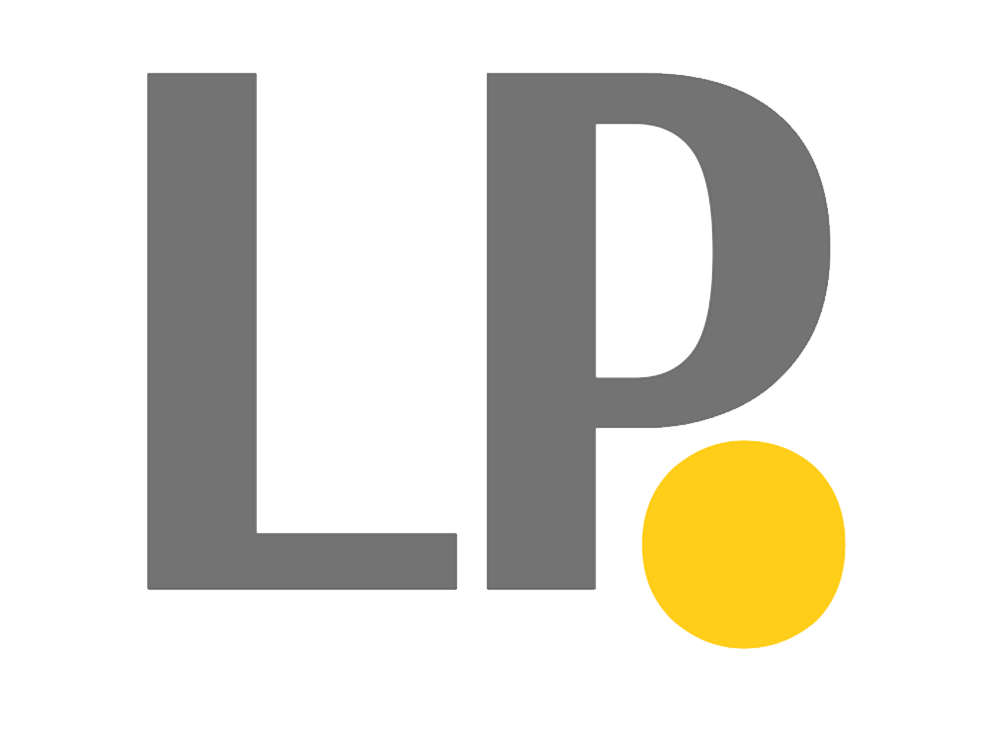
In today’s complex business environment, maintaining financial integrity is more critical than ever. Companies face increasing regulatory scrutiny, evolving risks, and the constant threat of fraud. A robust internal control framework is not just a compliance requirement—it’s a cornerstone of sustainable business success.
Internal controls are the policies, procedures, and mechanisms put in place to ensure the accuracy of financial reporting, safeguard assets, and promote operational efficiency. For businesses, strong internal controls are the first line of defense against financial mismanagement and fraud.
In this blog, we’ll explore the importance of internal controls, the key components of an effective framework, and actionable steps to strengthen your organization’s financial integrity.
Why Are Internal Controls Important?
1. Preventing Fraud and Errors
Internal controls help detect and prevent fraudulent activities, such as embezzlement or misappropriation of funds. They also reduce the risk of unintentional errors in financial reporting.
2. Ensuring Compliance
With ever-changing regulatory requirements, internal controls ensure that your organization remains compliant with laws and standards, Statutory regulations, GAAP, or IFRS.
3. Enhancing Operational Efficiency
By streamlining processes and reducing redundancies, internal controls improve operational efficiency and reduce costs.
4. Building Stakeholder Trust
Strong internal controls demonstrate transparency and accountability, fostering trust among investors, regulators, and other stakeholders.
Key Components of an Effective Internal Control Framework
An effective internal control framework is built on five key components, as defined by the COSO (Committee of Sponsoring Organizations) framework:
1. Control Environment
The foundation of internal controls, the control environment, reflects the organization’s commitment to integrity and ethical values. It includes the tone set by senior management, organizational structure, and governance policies.
2. Risk Assessment
Identify and assess risks that could impact financial reporting or operational objectives. This involves understanding internal and external factors, such as market volatility, regulatory changes, or cybersecurity threats.
3. Control Activities
These are the specific actions taken to mitigate risks, such as segregation of duties, authorization protocols, and reconciliation processes. For example, separating the roles of approving and recording transactions reduces the risk of fraud.
4. Information and Communication
Ensure that relevant financial and operational information is captured, processed, and communicated effectively. This includes implementing robust accounting systems and ensuring clear communication channels across the organization.
5. Monitoring Activities
Regularly monitor and evaluate the effectiveness of internal controls. This can be done through internal audits, management reviews, or automated monitoring tools.
Steps to Build a Robust Internal Control Framework
1. Assess Your Current Controls
Conduct a thorough review of existing controls to identify gaps or weaknesses. This can be done through internal audits or risk assessments.
2. Define Clear Policies and Procedures
Document and communicate control policies and procedures to all employees. Ensure that everyone understands their roles and responsibilities.
3. Implement Segregation of Duties
Divide critical tasks among multiple employees to prevent conflicts of interest and reduce the risk of fraud. For example, the person who approves expenses should not be the same person who processes payments.
4. Leverage Technology
Use accounting software, ERP systems, and automation tools to enhance accuracy and efficiency. Implement controls such as user access restrictions and audit trails to track changes.
5. Train Your Team
Provide regular training to employees on internal controls, fraud prevention, and compliance requirements. A well-informed team is your best defence against risks.
6. Conduct Regular Audits
Perform internal and external audits to evaluate the effectiveness of your controls. Use audit findings to continuously improve your framework.
7. Monitor and Adapt
Internal controls are not static. Regularly review and update your framework to address new risks, regulatory changes, or business growth.
Common Challenges in Implementing Internal Controls
• Resource Constraints: Small and medium-sized enterprises (SMEs) often struggle with limited resources to implement robust controls.
• Resistance to Change: Employees may resist new policies or procedures, especially if they perceive them as burdensome.
• Complexity: As businesses grow, their operations become more complex, making it challenging to maintain effective controls.
To overcome these challenges, start with a risk-based approach, prioritize high-impact areas, and seek expert guidance if needed.
Conclusion
A robust internal control framework is not just a regulatory requirement—it’s a strategic asset that protects your business, enhances efficiency, and builds stakeholder trust. By understanding the key components and taking proactive steps, you can create a culture of accountability and transparency within your organization.
© 2025 Business Consultant & Law Firm - Legacy Partners. All Rights Reserved.
Designed by Nuewelle Digital Solutions LLP

Legacy Partners
We typically reply in a few minutes